Some thoughts and discussions from me.
Man, I love a good high intensity workout. Don’t you? Whether it’s hill sprinting, broad jumping, sled pushing, or throwing some weighted ropes around, the feeling after a workout that left you feeling smoked is irreplaceable.
But here’s the thing, these things can also be a risk for injury if:
- you’re overtrained
- you’re sleep deprived
- you’re under-fueled
- your fitness level isn’t quite there yet
- your HIIT frequency is too high
- your HIIT volume is too high
…among other factors. Basically, before you push yourself to a level of high intensity, you better make sure you’re ready for it, and you better make sure you’re not loading too much of it on your plate.
Additionally, every single workout does not need to be balls out, red-faced, gassed, and lying on the floor. In fact, it shouldn’t! It’s easy to train hard if you have a love for it. But it’s also easy to get injured from it if you do it too much.
It’s much more important to know what you’re doing, make sure your body can keep up, and train smarter before training harder.
5 Ways to Train Smarter Before Training Harder
1. Know when to regress.
I see this all of the time in my TRX classes. I’ll show a movement, and then show the advanced version of the movement. Even though about half of the class should be starting with the regression, 99% of them start with the advanced movement, because #pride. Whether it’s a workout you designed yourself, or one someone else wrote for you, make sure you’re aware of exercise regressions, and use them if needed.
Cues that you need to regress: if an exercise just “doesn’t feel right,” if you don’t feel it in the muscle group intended to be working, if you can complete it with proper form, and if it just feels too difficult!
2. Do time-based rounds rather than rep-based rounds.
Personally, I love using time-based rounds/sets when I teach and with my clients. Making sure to emphasize that each rep needs to be completed with exemplary form, this emphasizes the importance of form, rather than eeking out every single last rep, no matter how sloppy the form.
Pay attention to your form during your timed rounds, including your tempo! If you’re rushing the eccentric (lengthening contraction) just to get it over with, check yourself and move with intention/purpose on both parts of the contraction.
3. Lighten up!
Training can be serious, but with all things in life, if you’re not having at least a little fun, you’re not doing it right. One of my favorite things while following a training program is to see how much I progress from week to week. If one day you’re just not on your A-game, shrug it off, do what you can, practice safe form, and get back at it the next time.
This one is a two-parter: lighten up your weight if you need to. I like to encourage my clients to try and lift just a little more this week than they did the last, but most definitely not at the sacrifice of form.
I see people all of the time deadlifting and squatting too much weight, when lightening up the load and working on that form could do them a huge service (I’m guilty of this, too!)
4. Pay attention to your rest times.
I always make sure to emphasize to my clients – and especially to my online clients – that rest between sets is super important. While our metabolic circuits typically have between :15-:30 rest between exercises, strength sets often have upwards of :60-:90. This is to ensure the muscle group has sufficiently recovered, and is ready for another go.
5. Implement a proper recovery routine.
Include a dynamic warm up and mobility work before every workout, but also designate a certain day in your training schedule for extra mobility work, stretching, and foam rolling. Your body will thank you!
Additionally, a diet rich in nutrients, especially green + leafy, and colorful fruits and veggies is super important. Last but not least, try to log between 7-9 hours of quality sleep each night – as this where the (recovery) magic happens!
[Tweet “5 Ways to Train Smarter Before Training Harder via @TrainerPaige”]
How do you practice smart training?
For more fitness, nutrition, and lifestyle, find me on Instagram, Facebook, Twitter, + Youtube. Oh, and don’t forget to sign up for my newsletter for exclusive workouts + tips!

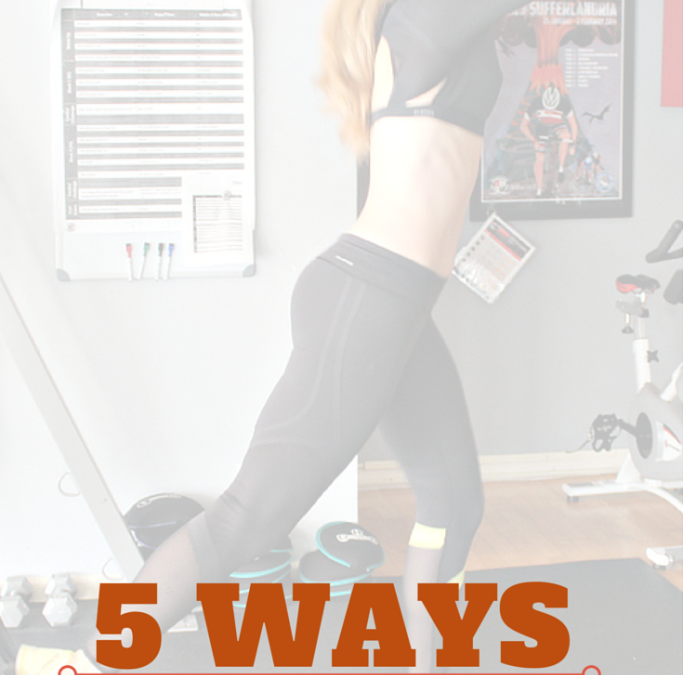
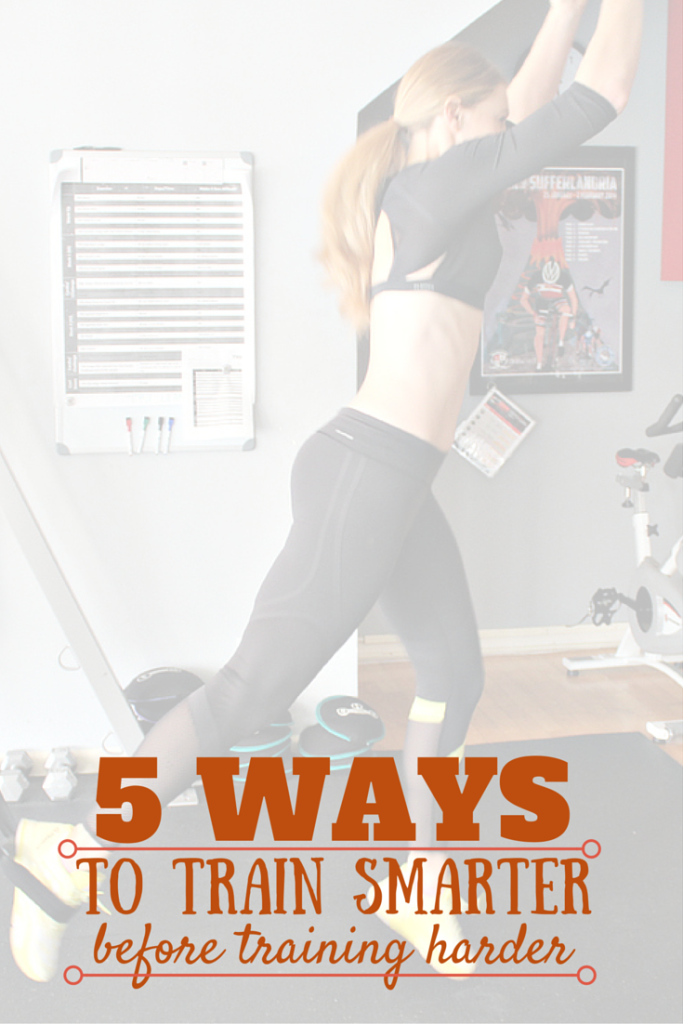
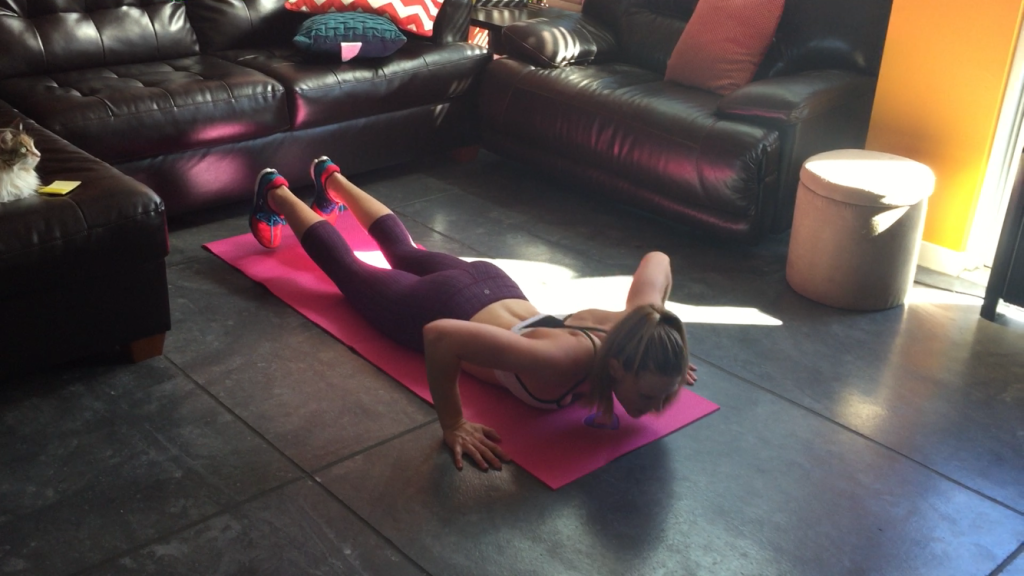
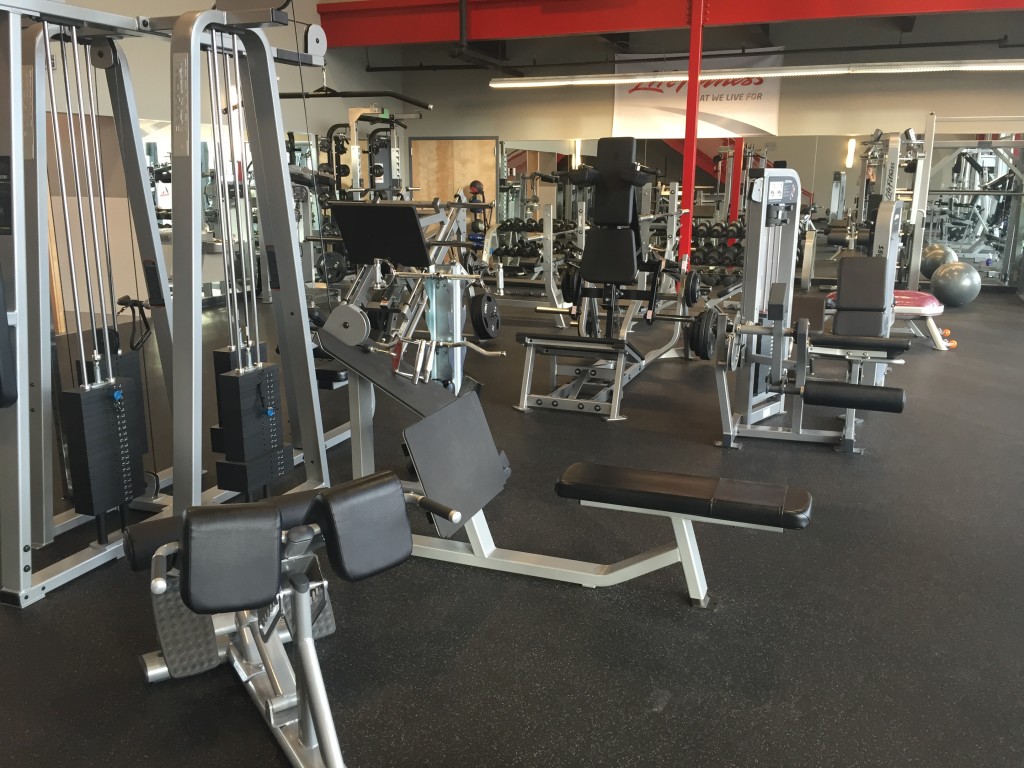
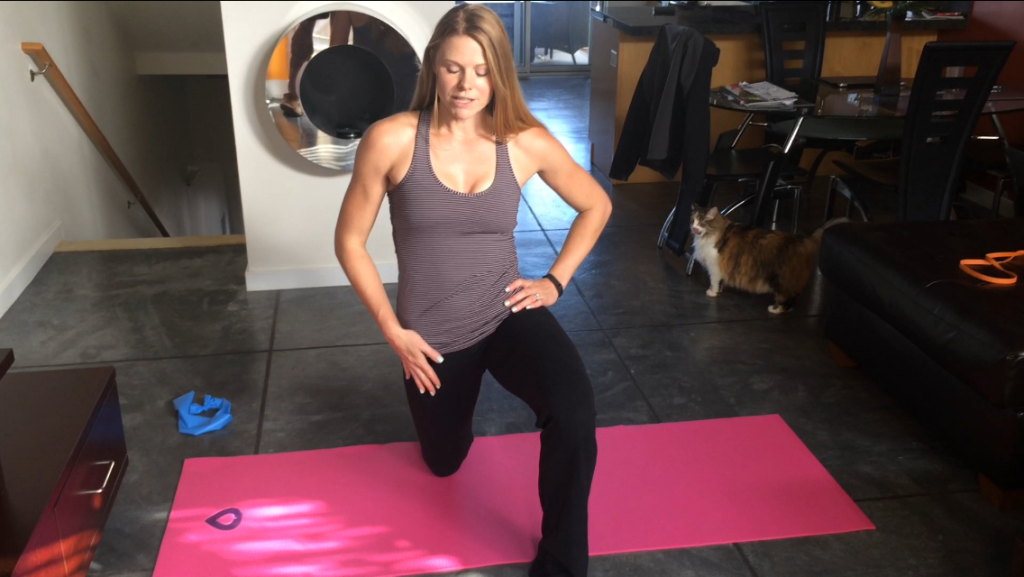
I totally am with you on the people in my exercise classes. I do show ways to make exercises more challenging because some can do that. But, then everyone tries it and I can just see them not ready for it. I constantly am changing people’s form and reminding them of modifications and the actual exercise.
Heather @Fit n Cookies recently posted…Upper Body Workout Roundup
In your opinion, how often should HIIT be done a week? 🙂
Linda @ The Fitty recently posted…A (Shameful) Binge Day + Audition Recap {#LIPlinkup #19}
I can relate to #1 a lot. I used to be really bad, but since I’ve been doing yoga it’s been a lot better.
Fiona @ Get Fit Fiona recently posted…Barre 3 Online Workouts Review
I used to always do the harder versions. You’re right, just because of #pride… But not any more, since I’ve realized that regressions are so much more useful if you are just not ready for progressions.
Kersten @fitandtasty180.com recently posted…Sweet Potato and Ground Beef Hash